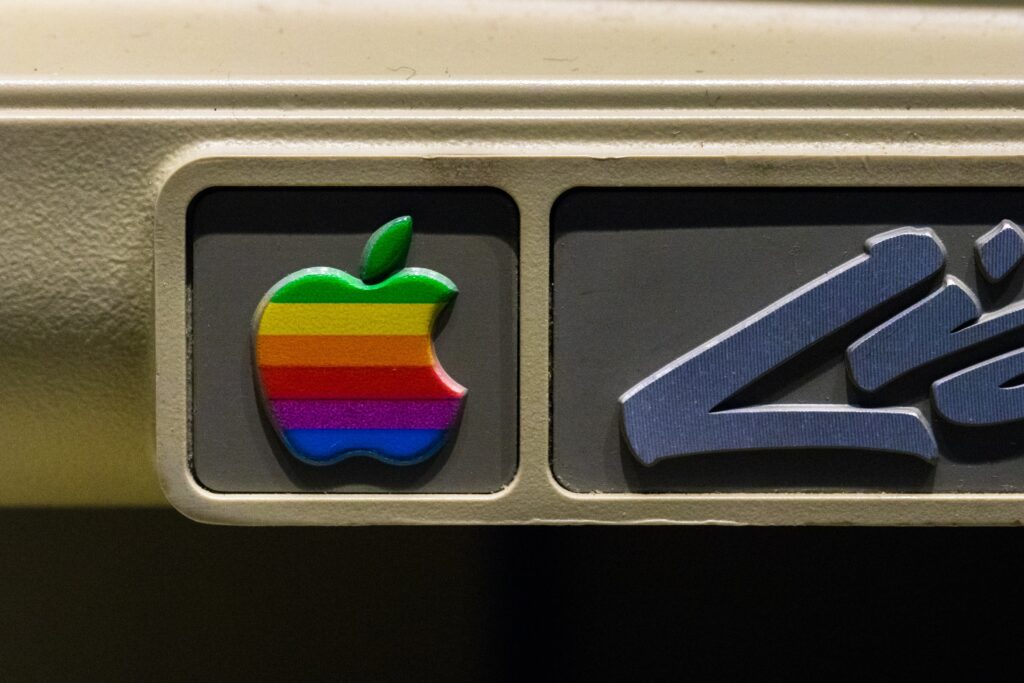You will immediately recognize Old Spice, Coca-Cola, and Harley-Davidson advertisements, even if it doesn't mention the brand. But what distinguishes these companies from others?
Their distinctive, unique personality and consistent brand voice. For your product's brand voice to be memorable, it must be close to your target audience and reflect your values.
In this article, I will also show you how to build your booming brand voice in 5 steps. We will also analyze the different tones of brand voice and see how successful brands use them in their marketing communications.
What is a Brand Voice?
Brand voice is a communication style, the sound of a brand identity. It's heard in every contact with the client and every type of content, whether it's the text “About the company” on the website, social media posts, blog articles, or targeted email newsletters. In other words, this is the character of the brand, its soul, and its style of communication.
It's the personality that distinguishes your company from others. Remember your best friend: you will recognize them by their voice in any situation. The same happens with a brand that has formed its company's voice with detail and intentionality.
Why does Brand Voice Matter?
Some products exist without a distinctive brand voice. But as their communications become unpredictable, the brand fails to create an emotional connection with the user. For example, a company might joke and informally address the client on the website. Then, if your customer base encounters a dry and formal greeting in customer service, which causes a disconnected feeling for the client.
If an interaction causes discomfort, it will be quickly replaced with another one. Therefore, ensuring that communication with the user is consistent and in the same tone is crucial across your brand and any touchpoints your clients intersect with.
Another important aspect is that the value of any product depends not only on its quality but also on the perception of it by the buyer. Most customers prefer products from a company they have an emotional connection with. People often behave irrationally when making a purchase.
So it's necessary to take into account both the common sense of the consumer and their emotions. The stronger your brand, the more money customers will be willing to pay for the product you sell.
5 Tips for developing your unique brand voice
1. Document everything & be consistent.
A brand must use its voice everywhere–on its social media, website, and blog. Your community should not be confused. However, the company's voice isn't limited to words and topics, and it's not only text; It also includes images, gifs, and any visual content shared by the company in communities, including social media accounts. All this should correspond to the values and mood of the brand and not contradict each other. Visual content can influence your brand voice more than text.
Very early in your company's evolution, it's essential to present this new face to its people consistently. From the overall brand policy to every comma written and graphic image shared. Standing out does not mean contradicting your yesterday's values and attitudes, consistency matters! Time to build those “brand voice guidelines.”
2. Audit your current voice
If you haven't recently or are just starting out, it's an excellent time to determine the existing style of communication and see if it matches your target audience. Check the style and tone of your existing brand voice. Is it telling your brand story through a strong brand voice, or is it softer and more subtle in the best way possible?
It's important to consider all content you share with your potential customers, including emails, newsletters, blog posts, and stories on social networks. Everything should align in one style throughout your entire company. Check the data you already have and pay attention to content that resonates with your audience.
3. Identify your audience and personas.
You need to know who your clients are, where to look for them, and how to speak to them. Knowing your clients as real people will help you understand their needs so you can be confident in what you offer. Businesses thrive when they pay close attention to whom they are targeting.
Think about the brands with which you interact. What makes you their loyal customer? Most likely one of two things:
1. What they sell is exactly what you are looking for.
2. Something unique attracted you in their messages.
Both of these things happen only because the company is not trying to be everything for everyone. They know your needs, and they speak to you.
4. Know your tone.
When communicating with customers, build on your brand personality and tone of voice. If you've done persona research, your brand identity and the language that resonates with your customers will match. Your tone of voice defines how you communicate with your clients across your channels.
Perhaps you prefer an official tone of voice or a more playful one? Different tones of voice and storytelling appeal to different people, so deciding what audience to reach is essential before deciding on a brand's voice and style.
Having determined the characteristics of the brand's voice, you can map the words that you plan to use in your tone guidelines and communication. Divide nouns, adjectives, and verbs into groups. In the future, the document can be supplemented, for example, with stop words.
5. Review & adapt
Once you've established your brand voice feel and accomplished creating your brand's personality— test it. Incorporate it into all your channels, business materials (and even your product or service), and see how people respond.
As your business grows, so will your audience. Re-evaluate your brand personality based on the interaction you see from your followers, and adjust course if necessary. Share your brand's mission statement, vision, purpose, and core values widely. This will help your company to speak authentically with your community.

Examples of distinctive brand's voice
Some modern entrepreneurs think quality services at favorable customer prices are a great way to succeed. However, some of the best brand voice examples, such as Apple, as a great example, clearly show that this view isn't always correct.
Other tablets and smartphones cost several times less than the products created by Apple, but it's for the next iPhone that huge queues line up outside stores. Why is this happening? Let's look at a few examples of brands and see how their brand recognition helps them gain an advantage over their main competitors through their company's brand voice.
Apple
You won't confuse Apple with any other company.
This is a perfect example of a brand tone that is conversational yet confident, powerful yet playful. The company's voice is calm and collected in its tone and ensures its customers feel they receive high-quality value from its product, which just works when you turn it on.
When you develop a unique voice, it would be good to imagine your brand as a person. Ask yourself the following questions: Who are they? What are they interested in? How do they talk? Imagine dating Apple if the company was a person. Dating Apple is easy. You meet in a modern cocktail bar – with large windows, streamlined design elements, and a simple menu. Of course, the bar serves craft drinks and products from local farmers.
Apple looks brilliant in a simple T-shirt and jeans. You know you're right for each other at first sight. Apple understands you perfectly – unlike most people. Superficial chatter flows into deep conversation. After the date, you describe Apple as modern, polished, and intuitive. There is little humor in Apple's communications, but you feel the enthusiasm.
Mail-chimp
Humor improves the memorability of information but is not suitable for everyone. You must understand your target audience to know if your customers will appreciate the humorous brand voice.
MailChimp, a marketing automation platform for small businesses, decided that such a tone of communication matches their target audience.
It uses its humorous tone of voice in its' different brand voices through visual content: in the logo, pictures, and drawings. Even the font of the headings is simple and not serious. On the 404 page, MailChimp has a horse hiding. Click on it, and it will take you to the HorseSnake game.
This nuance is also part of the image and a good strategy for leaving a lasting impression.
Oatly
The brand voice concept contains several elements: mission, brand name, powerful brand voice, slogan, and visual style. Let's take the vegan oat milk brand Oatly as a test case to illustrate the best practices for building a brand's voice concept and identity.
Take, for example, the Oatly mission: “To make it easy for people to transform what they eat and drink into moments of healthy joy, without undue strain on the planet's resources.”
The brand also chose a catchy name, original enough to stand out without being too ambiguous. It's short, but it lets consumers know what the company uses to make its product (in this case, oats). In addition, Oatly chooses a playful, witty, and youthful sound because its target audience is the environmentally-conscious millennials. Create a leadership voice for your brand based on mission and target audience to ensure every point of your brand stays the same.









So Stand up and Be Heard… Consistently
There is no universal tone of voice or ready-made templates. As a business owner, marketing director, or even a group of content creators, you should reference the company's brand voice guidelines so your team can allow your audience to tune out your leading competitors. Brand voice matters; It helps your business to speak to your customers in their language.
Establishing a distinctive brand voice will improve your brand image, communicate the value of your products and services, strengthen the emotional connection with your customers, and increase overall profitability. If you need help setting up an overall brand voice for your company, we invite you for our individual consultation.



